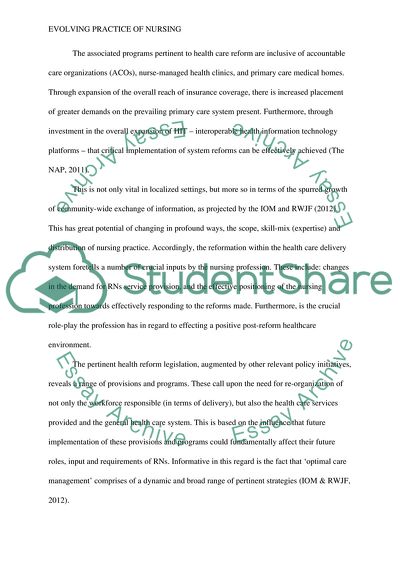Cite this document
(“Evolving Practice of Nursing Delivery Models Assignment”, n.d.)
Evolving Practice of Nursing Delivery Models Assignment. Retrieved from https://studentshare.org/nursing/1671315-evolving-practice-of-nursing-and-patient-care-delivery-models
Evolving Practice of Nursing Delivery Models Assignment. Retrieved from https://studentshare.org/nursing/1671315-evolving-practice-of-nursing-and-patient-care-delivery-models
(Evolving Practice of Nursing Delivery Models Assignment)
Evolving Practice of Nursing Delivery Models Assignment. https://studentshare.org/nursing/1671315-evolving-practice-of-nursing-and-patient-care-delivery-models.
Evolving Practice of Nursing Delivery Models Assignment. https://studentshare.org/nursing/1671315-evolving-practice-of-nursing-and-patient-care-delivery-models.
“Evolving Practice of Nursing Delivery Models Assignment”, n.d. https://studentshare.org/nursing/1671315-evolving-practice-of-nursing-and-patient-care-delivery-models.


